Many insect herbivores are specialists, eating only a certain group of related plants, such as plants in the same species, genus, or family, or plants in a series of related species, genera, or families.
Many invasive plants have close native relatives. Although initially, many invasive plants are eaten by few or no native insect specialists, there is a phenomenon in which insects "jump host", from one plant to a new plant that they did not previously eat.
An example of this, the Ailanthus webworm moth is a moth native to South Florida and the American tropics, which originally ate trees of the Simaroubaceae family, such as Simarouba glauca and Simarouba amara. The Ailanthus altissima tree, or "tree of heaven", was introduced into North America from East Asia, and it became invasive, spreading throughout the continent. Ailanthus has rapid growth and is strongly allelopathic, and these two factors combine to result in it causing extensive harm to some ecosystems.
Although few native insects originally ate the Ailanthus altissima tree, the tree is a member of the Simaroubaceae family, and where its range came to overlap with the native trees of this family in South Florida, the Ailanthus webworm moth jumped host, and started eating the Ailanthus altissima trees as well. This moth has now expanded its range far north into North America, following the distribution of the invasive tree, and under certain conditions it can hugely limit the growth of these trees, sometimes even killing full-grown trees.
By planting native plants that are closely related to invasive plants that are common in your area, you can help attract native insects that specialize on those families, genera, or other groupings of plants. As more people do this, it will increase the populations of these insects, and increase the amount of contact between these insects and the invasive plants, which will increase the likelihood with which these insects will jump host and begin eating invasive plants.


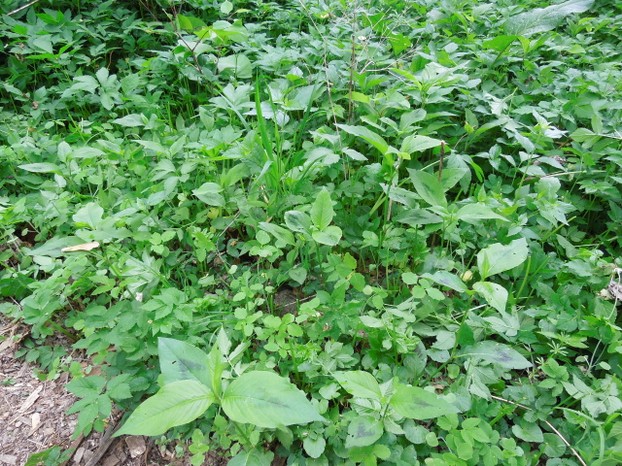

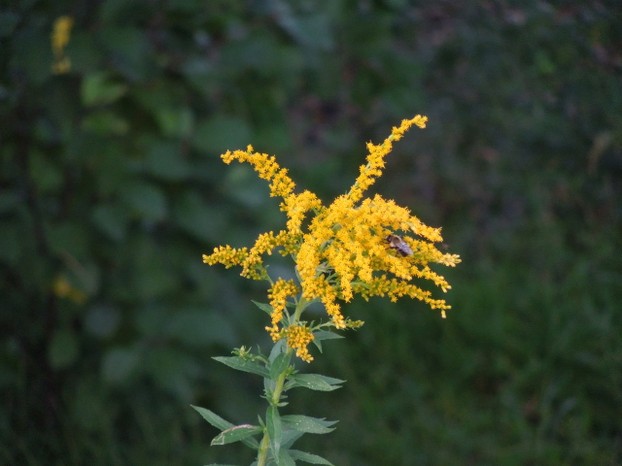
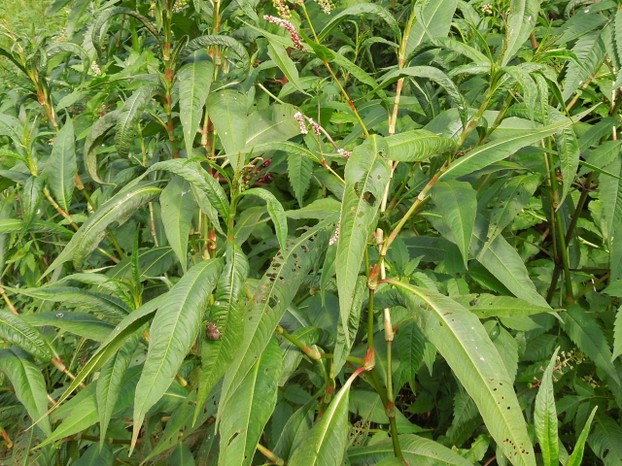
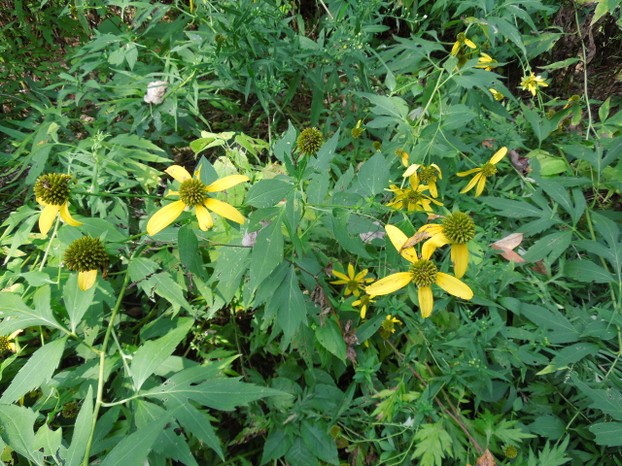


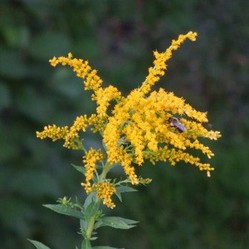

 The Shaming of Femininity and Elevation of Masculinityon 07/13/2017
The Shaming of Femininity and Elevation of Masculinityon 07/13/2017
 What is Genderqueer or Non-Binary Gender?on 10/16/2015
What is Genderqueer or Non-Binary Gender?on 10/16/2015
 Resources for Learning Spanish Free Onlineon 04/13/2016
Resources for Learning Spanish Free Onlineon 04/13/2016
 What is a Sedge? How is it Different From a Grass?on 08/11/2015
What is a Sedge? How is it Different From a Grass?on 08/11/2015

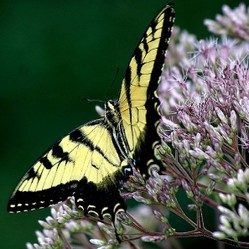
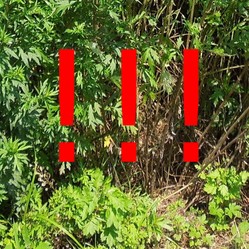
Questions? Comments? Feedback?
Pelargonic acid performs well with ground elder, and as it is a plant extract it is officially organic.
Thanks. The Romans introduced ground elder into Britain as a pot herb some time in the early first millenium, and it was eaten until parsley took over in the eighteenth century. It tastes nice, but in a garden it runs wild. I am now finding it my number one weed problem.
Oh yes, I forgot you're in Britain. Aegopodium podagraria is native to Europe, it's probably not as damaging where you are, I don't know whether or not it's native to Great Britain or not, I know because it's an island there is a lot of stuff that was introduced there from the mainland.
I don't know much about the native plants of the UK so you'd have to find another resource for there.
I definitely don't recommend any of the native plants from North America because many of them can become invasive in Europe.
Thank you, this is great information.but I would have to consider whether these would be suitable for growing here in Britain, as they are American species. So you have given me much food for thought.
Thank!
Ground elder, also called Bishop's weed or Goutweed (Aegopodium podagraria) is really hard to get rid of. However, I've found numerous native plants that can successfully out-compete it. My parents had it in their yard and they found golden ragwort (Packera aurea) can out-compete it. It's semi-evergreen so the leaves are fully formed and dense before the ground elder can sprout. Also if there's a little more light, you could try Monarda didyma, I've also seen that out-compete ground elder. A more closely-related plant that I've seen competng with it in the wild is Cryptotaenia canadensis, or Honewort. Honewort does not spread by runners but rather, spreads by seeds, and its seedlings are more shade tolerant than the seedlings of ground elder. It also eventually grows taller...so if you periodically thin out the ground elder, it will eventually get shut out by the honewort.
Two other species I've seen competing with it in gardens are wild ginger (Asarum canadense), which is slow growing but can form a dense cover, and mayapple (Podophyllum peltatum) which is ephemeral but often shoots up taller than it initially, at least under the right conditions. I hope you find that useful!
A very informative article. As some of you may know on my allotment I have a problem with an invasive species brought in originally by the Romans, ground elder. I cannot be rid of it, but this article on allelopathy has given me ideas for control.
Well done and well researched. I learned a new term Allelopathy - thanks! We all need to plant just a few and just think how beautiful our yards and parks can be.